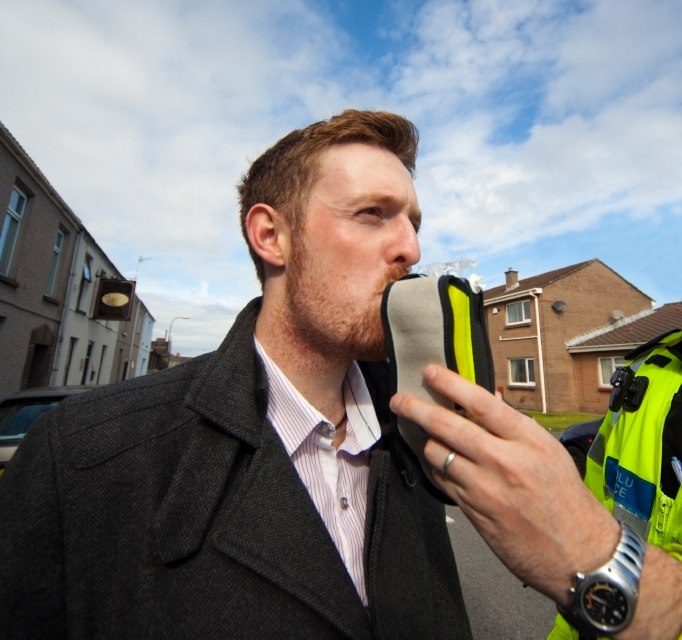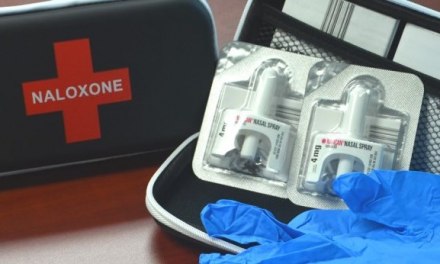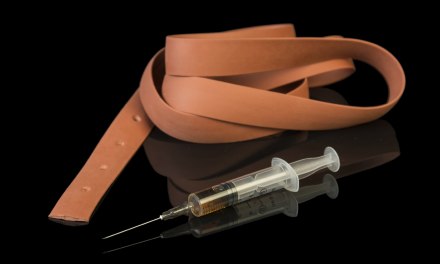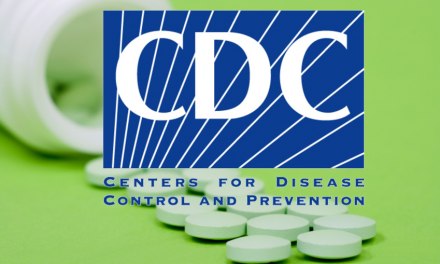Given my long experience with drunk drivers who arrive in treatment with histories that include near-record BALs, multiple previous arrests, and an assortment of tragic consequences, I can’t imagine declaring just one as the ‘worst ever’. And yet if I did, this one would have to be a serious contender.
It happened a short while ago, very early on a Tuesday morning in Las Vegas. The media jumped on the story because the alleged offender is a prominent NFL player– Henry Ruggs III, wide receiver for the Las Vegas Raiders.
Here’s one of many articles on the accident:
Henry Ruggs III drove 156 mph seconds before fatal car crash, prosecutors say
The bones of the story: Ruggs and his longtime girlfriend (mother of their child) had been at a friend’s house, reportedly drinking Mai Tais and playing video golf. Apparently they set out for the home of yet another friend, to continue partying. The accident occurred on the way.
Ruggs, it seems, was severely intoxicated at the time. As often happens, he refused a breath test, both at the scene and later at the Emergency Room. A court order was obtained for a blood test, which yielded .16 — a level associated with “…a lack of motor control, mental confusion, and severe mood swings. The drinker is unable to perform ordinary tasks.” Such as operating a motor vehicle.
It’s hard to know exactly how much time passed between the accident itself and the BAL finally obtained by the hospital staff, but it’s possible, perhaps even likely, that his BAL at the time of the crash was significantly higher than .16.
The evidence suggests he was traveling at a speed of 156 mph when his Corvette rammed into the rear of a Toyota RAV, driven by a 23 year old local woman. The impact was such that it actually caused the Toyota to burst into flames. That made escape impossible. The trapped driver died in the fire, while she was calling for help.
As far as his past record, Ruggs apparently has none related to drunk driving. Still, research has concluded that a typical DUI offender has driven while under the influence between 50 to 200 times for each arrest. We covered that in this post from 2014.
Many commenters wondered if the Ruggs’ incident was a symptom of a wider crisis among pro athletes. On that topic: Does the NFL have a DUI problem?
The League has taken steps to deter players from driving drunk. Like most big corporations, they cracked down in the wake of another highly-publicized incident involving a player and a fatality. In this case, the Raiders team summarily released Ruggs. That could be for the best– that same DWI research suggested that the sooner the consequences follow on the heels of the arrest, the greater their impact as a deterrent.
Of course, for some offenders, we know that losing a job, or even going to prison, won’t be enough. Too many people in our society continue to see drunk driving as a ‘minor’ offense. As one defense attorney told me, his clients didn’t begin to take DUI seriously until at least their second arrest. I recall one client I met years ago who claimed 14 arrests over a ten-year period when, not surprisingly, about half his time was spend in jail. He seemed strangely proud of his arrest record. At first I thought it was just defiance he felt, but later I realized he’d sustained some fairly significant brain damage.
In closing, here’s something that Congress is considering as a partial remedy, It relies on some interesting new technology: Congress to Carmakers: Figure Out A Way to Stop Drunk Driving













